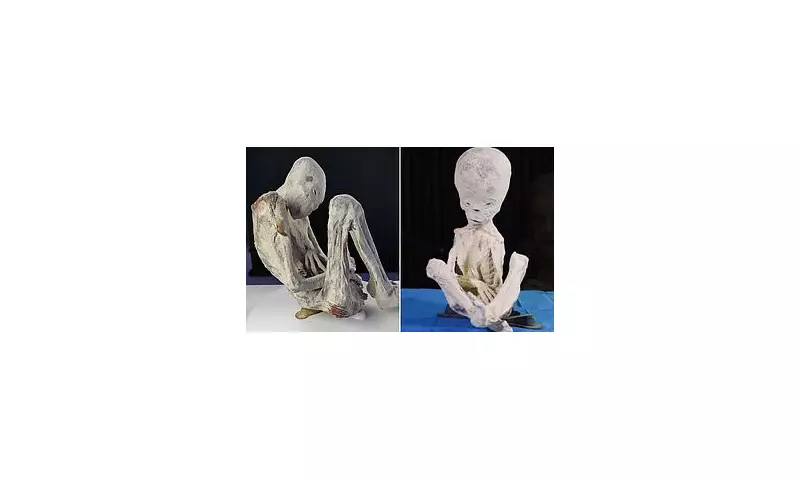
In a groundbreaking discovery that has sent shockwaves through the scientific community, genetic testing has finally shed light on the origins of the mysterious 'alien mummies' unearthed in Peru. The bizarre, elongated skulls and three-fingered hands of these specimens had fuelled wild speculation about extraterrestrial life – but the truth may be even stranger.
The DNA Results Are In
Scientists conducting advanced genetic analysis have confirmed that the so-called 'alien' remains are, in fact, entirely human. However, the findings reveal extraordinary genetic abnormalities and physical deformities that set these individuals apart from typical Homo sapiens.
A Medical Mystery
The research indicates that these beings likely suffered from rare genetic disorders that caused their unusual appearance. Their elongated skulls appear to be the result of intentional cranial deformation – a practice known among ancient South American cultures – combined with natural genetic mutations.
What Makes Them Different?
- Three-fingered hands with elongated digits
- Unusually large eye sockets
- Elongated skulls with unusual bone density
- Lack of developed ears
While these features might seem alien, experts suggest they represent an extraordinary case of human genetic variation rather than proof of extraterrestrial visitors.
The Controversy Continues
Despite the scientific evidence, some UFO enthusiasts remain convinced that these mummies represent proof of alien life. The debate continues to rage online, with conspiracy theorists pointing to alleged 'unknown' elements in the DNA as potential evidence of otherworldly origins.
Archaeologists and geneticists, however, maintain that these findings represent a fascinating chapter in human biological history rather than an interstellar connection.




